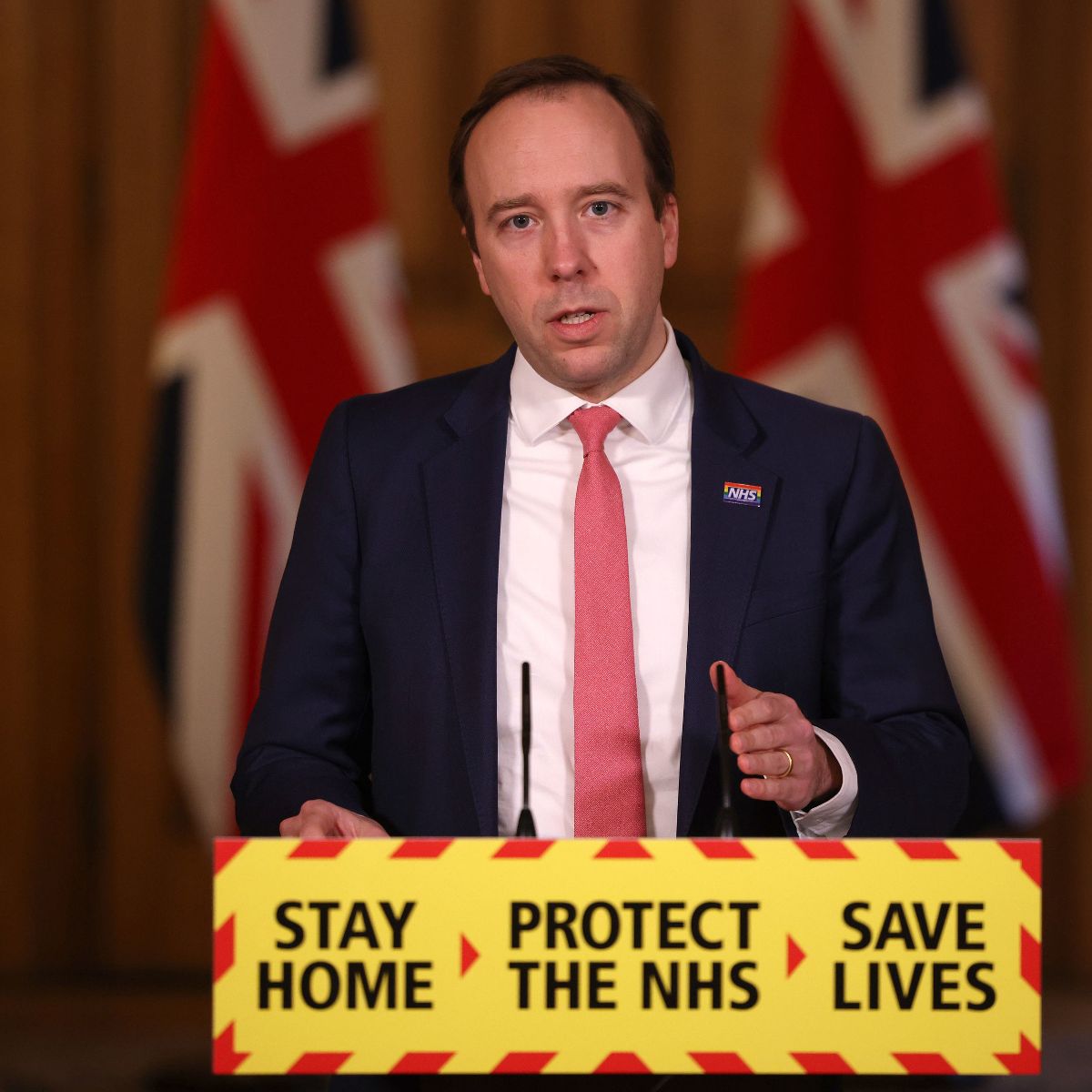For 12 months it has felt like we are living in the middle of a risk management reality TV show, living life in the middle of a risk register.
I’m sure P3M professionals everywhere must have been thinking – “I can’t believe this is happening”. Imagine if you were the person that maintained the UK National risk register, how real those headings are now, rather than being breezed over in the monthly reviews. The reason for doing this is that we see so many risk registers that are full of bland and meaningless statements, this is a way of helping to make it more real.
We thought it would be interesting to put on our ‘Captain Hindsight’ hat to think about the information we have collated from recent press interviews and articles that we’ve picked up. Just for fun, we have taken the standard risk register headings and applied them to what we know now to help bring those headings to life.
- Risk Title – a global pandemic will cause economic problems – we probably got that one right
- Threat – Influenza germ – interviews with previous Secretary of State for Health stated apparently the UK didn’t consider anything other a flu pandemic (Operation Cygnus), unlike Asian countries.
- Trigger Events – wet markets were a known source. What seemed to be missing was that the main way of spreading was human travel and there was no attempt to stop travel until June, 4 months after the pandemic was taken seriously. Asian and Australian countries shut down travel immediately.
- Impact –up to 20,000 additional deaths (press conferences), but the reality is:
- Health – it is now 6 times that and rising, with around 4,000,000 infections.
- Economic damage – unimaginably big numbers and still rising
- NHS becomes overwhelmed
- Likelihood – Very low – but moved to Low on 23rd January, it was after all, a once in a century event. In reality, Wave 2 and 3 were being talked about from the outset seemed to remain as “Very Low” even after it had was upon us.
- Early Warning Indicators – it was not clear what was being monitored, although there was NATO military intelligence in December it was still regarded as a Low risk at the end of January in the UK, whilst:
- events in Italy clearly didn’t ring any alarm bells.
- the WHO were warning the world in early-mid January.
- Asian countries deployed their track and trace.
- Growth trend in mid March 2020 were beyond the worst of the worst case scenarios (Matt Hancock), this was what finally caused action.
- Action Owners – government departments had risk budgets.
- Apparently, their annual risk budgets were spent on things other than pandemic preparedness and various reports were mothballed after 2015 whilst the government focused on Brexit, lack of PPE was a major concern in the reports.
- Mitigation Plans – all based on a flu pandemic and mothballed. What actually happened in the UK (Asian countries had all this in place).
- Desperate search for ventilators.
- The shortage of PPE identified 5 years earlier but not actioned.
- Build test infrastructure across the country.
- Invent vaccination and manufacturing infrastructure.
- Create and deliver a test and trace service.
- Face masks adopted 5 months later, first line of defence in Asia.
To enable a discussion, we will post this one soon to our Aspire Europe LinkedIn page and see how many people agree or disagree with this view.
This paper by the Oxford Research Group provides a great reference if you are interested.

